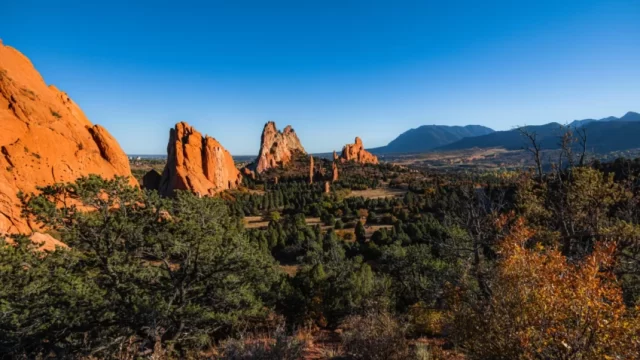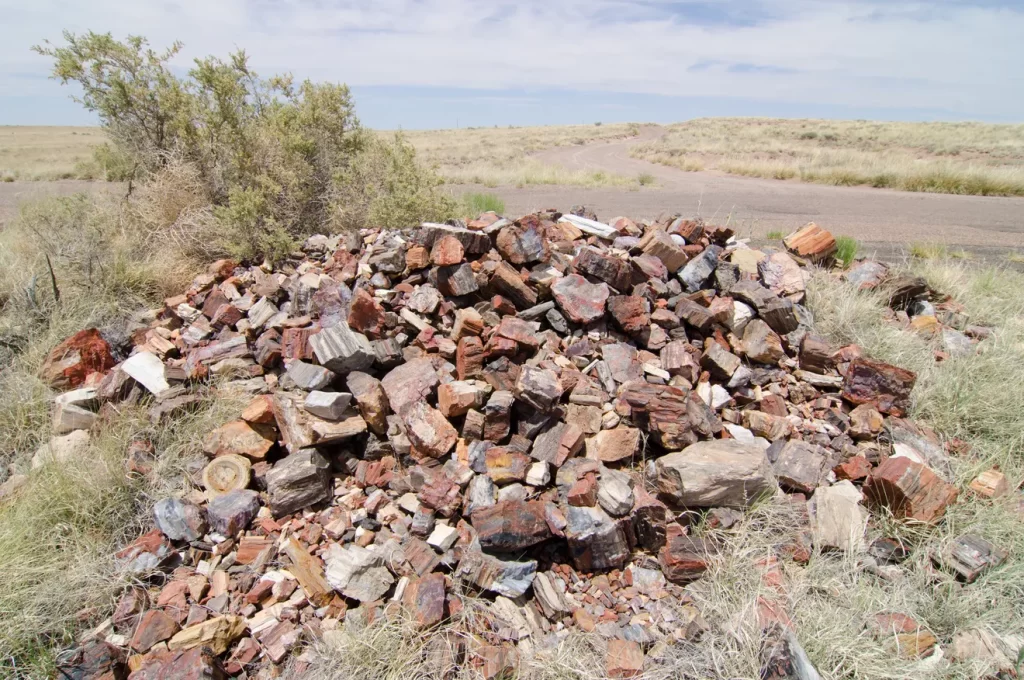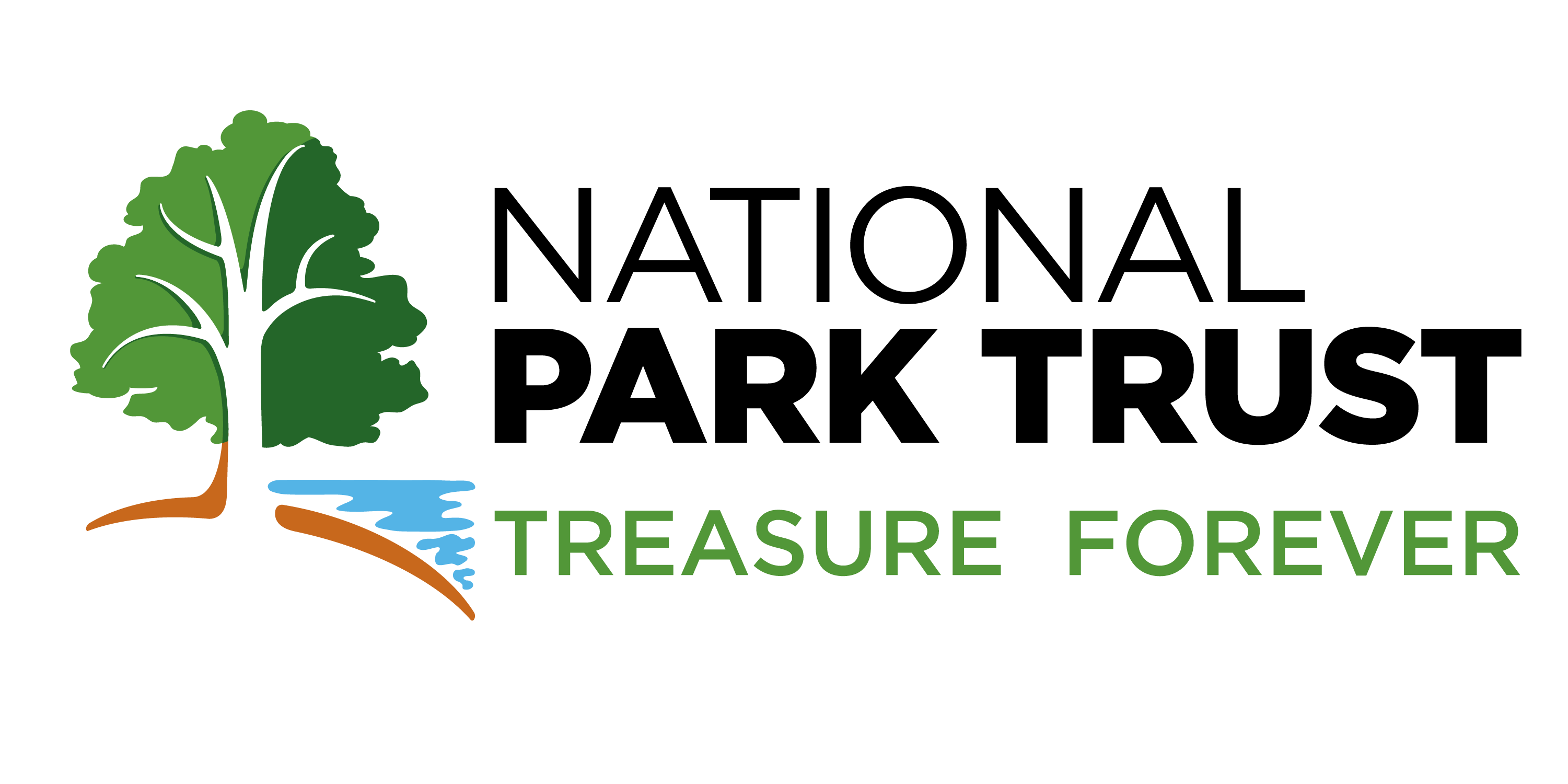Can Taking a Rock From a Park Give You Bad Luck?

Today is Friday the 13th, a day many consider to be a sure thing for bad luck. Broken mirrors, black cats, and opening an umbrella indoors are well-known superstitions on this day, but what about taking a rock from a protected park? As Greek mythology Author Bernard Evslin once said, “bad luck makes good stories.”
In the summer of 2020, Colorado Parks and Wildlife received an unusual package from an anonymous sender containing a small red rock and a short letter. “Someone brought this home to me three years ago,” they wrote. “Bad things have been happening ever since. Sure one of you can find which park it belongs in.” The unidentified sender explained in the letter that they were returning the rock they had taken from a park in Colorado, believing it was the reason for their years of bad luck. The ironic part is that park employees can’t quite figure out where it came from; with no hints, there was no way to track down where the rock came from to truly solve the man’s superstition.
As unique as a story this may seem, this happens a lot to one park in particular: Petrified Forest National Park.
At this Arizona park, there is a pile of rocks, little known to most visitors, that employees call the “conscience pile.” Each piece of the pile had been stolen and returned by a visitor, regretful for their crime. Park employees dump the rocks there, which are received in a variety of ways: mailed, shipped, or, the boldest, returned in person. Petrified Forest National Park has found remorseful letters dating back to 1934, claiming that all sorts of dire circumstances have unfolded. From deaths in a family, putting a foot through a ceiling, a plane crash, kidney stones, home evacuations, and car trouble to an immense feeling of guilt, people seem to think returning these rocks will ease their conscience and return their good fortune.
Parks across the country have united in one common theme, reminding people to leave no trace: if every visitor took a rock, there would be none left. We all have a crucial part to play in preserving our national parks. That’s why the National Park Service follows the Leave No Trace Seven Principles: 1. Plan Ahead & Prepare, 2. Travel & Camp on Durable Surfaces, 3. Dispose of Waste Properly, 4. Leave What You Find, 5. Minimize Campfire Impacts, 6. Respect Wildlife, and 7. Be Considerate of Other Visitors. Following these seven principles can help minimize the impact on plants, animals, and entire ecosystems, and it might save you from years of bad luck.
But the jury is still out. Is it terrible luck to take something from a national park? Or does it just make for an intriguing tale…


Featured image credit: Garden of the Gods Visitor and Nature Center







